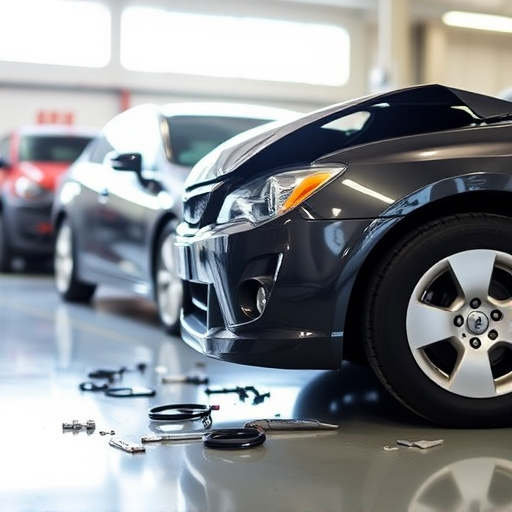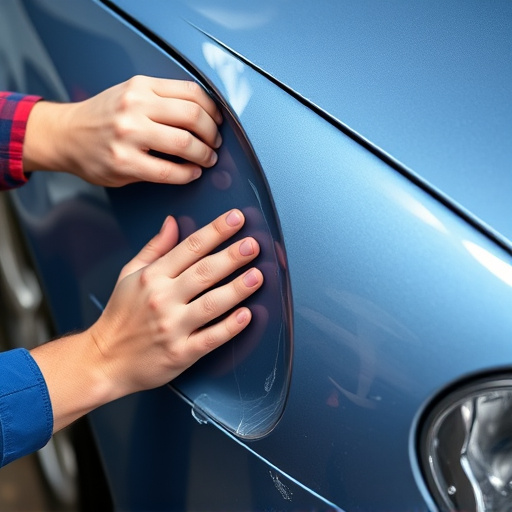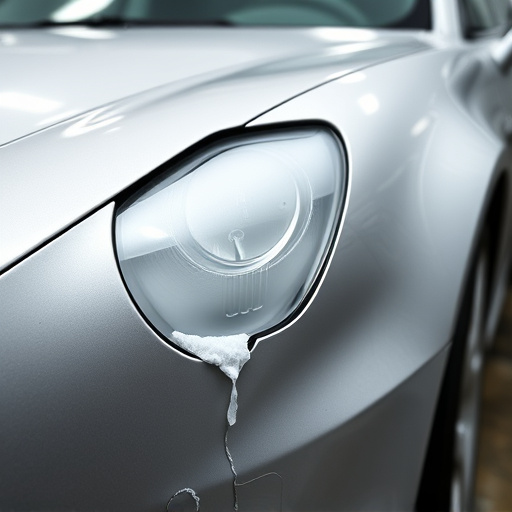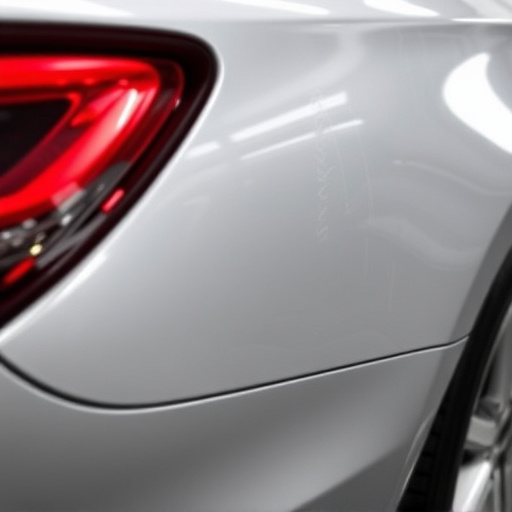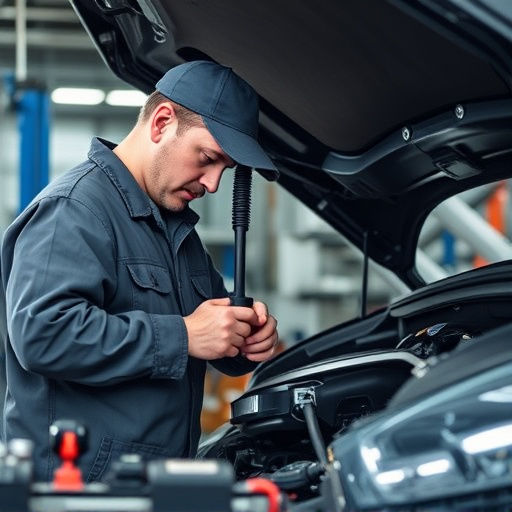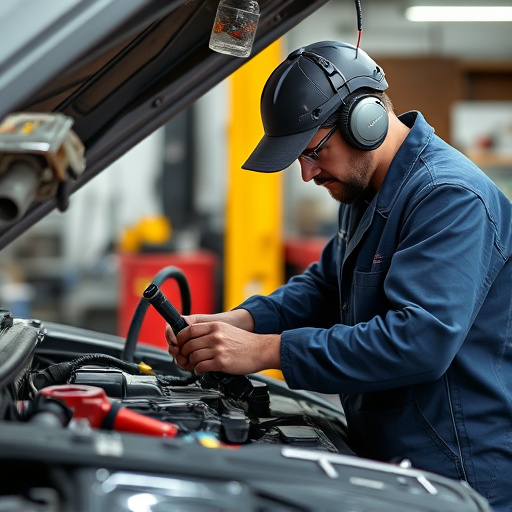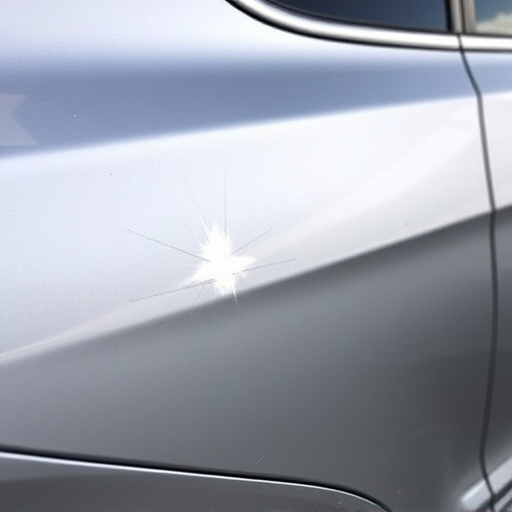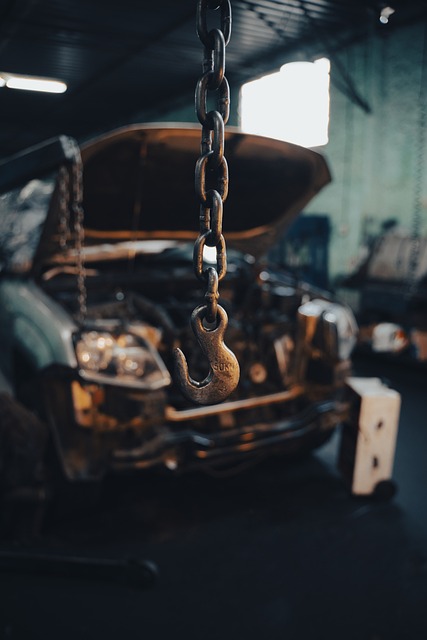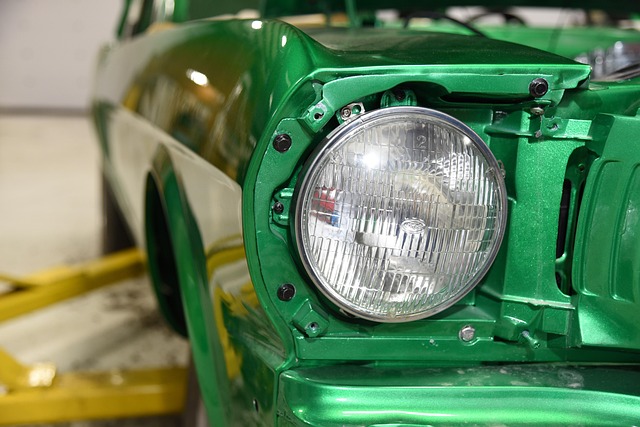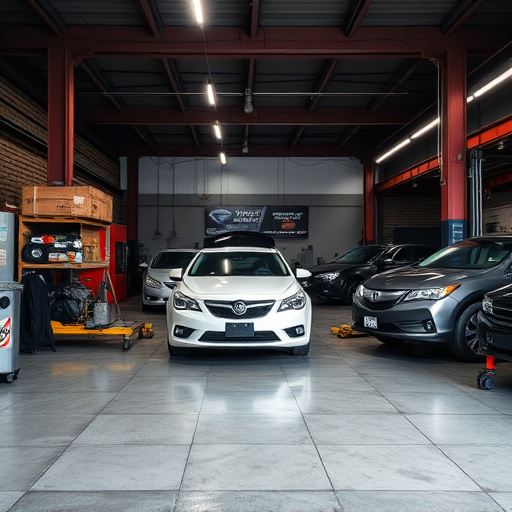Mercedes wireless charging systems, integrated into modern vehicles, use electromagnetic induction for device power. Overheating, caused by disruptions or damage to components like faulty wiring, trapped debris, or software glitches, requires professional Mercedes wireless charging repair. Early detection of symptoms like unusual noises, burning odors, and error codes is crucial to prevent severe damage and ensure safety. Repairs should be handled by experts; minor issues may be addressed with cleaning and padding replacement. Proper ventilation, clear debris, and regular maintenance prolong performance and reduce the need for frequent professional visits.
Experience your Mercedes’ smoothest rides without interruption with our guide on addressing overheating issues in its wireless charging systems. From understanding the intricate mechanics of these cutting-edge technologies to pinpointing symptoms and taking preventive measures, we’ve got you covered. Learn a step-by-step repair process that ensures your car’s charging components function optimally, enhancing your overall driving experience. Discover how to avoid common pitfalls leading to overheating and restore your Mercedes’ wireless charging capabilities today.
- Understanding Mercedes Wireless Charging Systems
- Identifying Overheating Causes and Symptoms
- Step-by-Step Guide to Repair and Prevention
Understanding Mercedes Wireless Charging Systems

Mercedes wireless charging systems have become an integral part of modern vehicle technology, offering a convenient and efficient way to power up your devices on the go. These advanced systems utilize electromagnetic induction to transfer energy wirelessly from a charging pad to your phone or other compatible gadgets. However, like any complex technology, they are not immune to issues, with overheating being a common problem that requires professional Mercedes wireless charging repair.
Understanding how these systems work is crucial in troubleshooting and preventing such problems. The wireless charging pad, often integrated into the vehicle’s center console or trunk lid, generates an alternating electromagnetic field. When a compatible device is placed on the pad, it induces an electric current in the device’s internal coil, converting the electromagnetic energy back into electricity to charge the battery. While this process is efficient, any disruption or misalignment in the charging components can lead to overheating and potential damage, necessitating the services of a skilled vehicle body shop for car collision repair and scratch repair if visible signs of distress are present.
Identifying Overheating Causes and Symptoms
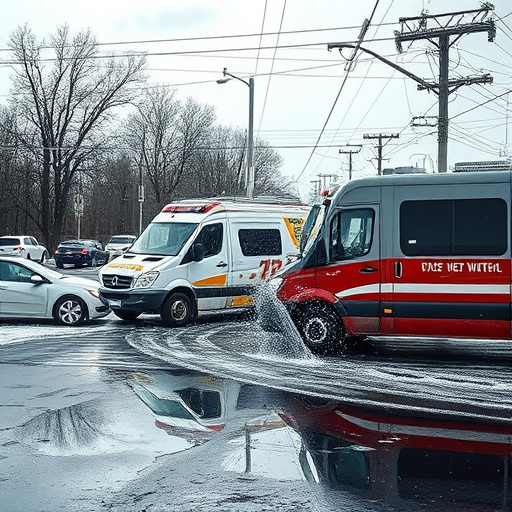
Overheating issues with Mercedes wireless charging systems can stem from a variety of causes. One common problem is excessive heat generated by faulty components or misaligned wiring, leading to inefficient power transfer and increased temperatures. Additionally, debris or foreign objects trapped within the charging pad or vehicle’s charging port can obstruct airflow and contribute to overheating. Other potential triggers include outdated or incompatible charging hardware, damaged cables, or even software glitches affecting the communication between the car and the charging station.
Symptoms of overheating may include unusual noise during charging, a strong plastic burning odor, visible smoke, or the system shutting down abruptly. The Mercedes wireless charging pad might also display error codes or warnings on its interface, indicating potential issues with temperature regulation. Prompt recognition of these symptoms is crucial for avoiding more severe collision damage repair or car dent repair scenarios. Timely intervention in Mercedes wireless charging repair can prevent further complications and ensure optimal performance and safety.
Step-by-Step Guide to Repair and Prevention

Repairing a Mercedes wireless charging pad that’s overheating is a process best left to a qualified professional, especially if it’s part of your vehicle’s fleet repair services or you’re relying on an automotive body shop for routine maintenance. However, understanding the basic steps involved can help you prepare for future issues.
Begin by unplugging the charger and letting it cool down completely. Then, visually inspect the pad for any visible damage, such as loose connections or burned components. If the pad appears damaged, it’s best to consult a car repair shop that specializes in Mercedes repairs. For minor issues like dust buildup or worn-out pads, try gently cleaning the surface with compressed air and replacing the padding if necessary. Always ensure proper ventilation during the charging process and keep the area clear of debris or foreign objects. Regularly checking and maintaining your wireless charger can prevent future overheating issues and ensure optimal performance for years to come, ultimately saving you time and money compared to frequent visits to a local car repair shop.
Mercedes wireless charging systems offer a convenient way to power up your vehicle, but overheating issues can disrupt this process. By understanding the causes and symptoms of overheating, you can effectively address the problem using our step-by-step repair guide. Regular maintenance and preventive measures will ensure your Mercedes wireless charging system operates smoothly, providing a reliable and efficient charging experience for years to come. For any persistent issues, consider professional Mercedes wireless charging repair services.
